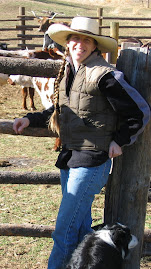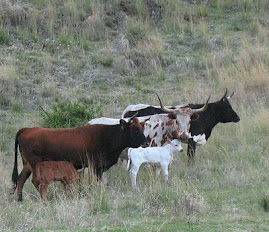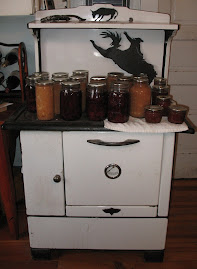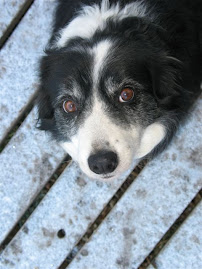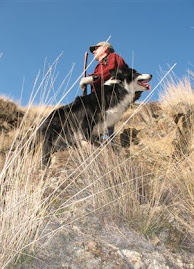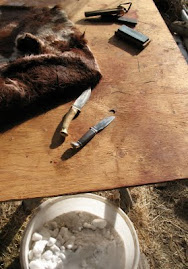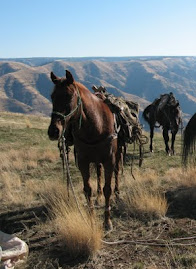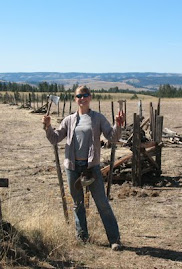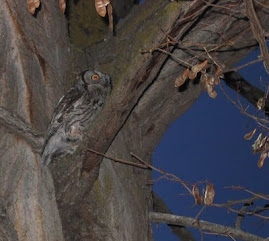Hardly a day goes past when I am not reminded of my great teachers in life, the people who shaped my skills, desires and values. Some of these are far in the past, like Mrs. Jorgenson at Normandy Park Elementary, who let me paint my way through first grade (age 5) and Mrs. Anslow, the pianist, who tolerated my grubby horse-stained appearances on lesson day (age 12).
There are teachers among the members of my family, like my maternal grandfather, Lawrence Goodrich, the cabinet maker, who taught me that success means doing something you love. And my father, Ralph Miller, whose family was so poor they never owned a car and had to live in rented rooms, who showed me the vast riches of the natural world and the incredible gift of discovery, whether of a tiny plant on the bank of a creek, or of learning a new language and making cherished friends in a foreign country.
Today I was thinking about Janet Wilson. I met Janet when we both had little kids and she was one of the toughest, hardest working women I knew. In spite of arthritis that was already crippling her wrists, she broke horses and worked in the fields and logging camps. I remember how she determinedly shod her own mule, trimming and rasping the hooves, then shaping and nailing on the steel shoes. It took her four days since she could only tolerate shoeing one foot per day.
Last Sunday I saw Janet for the first time in fifteen years. We met up at the Donnelly garden on the John Day River. Janet is hanging in there, hunkered down on the family homestead up Alder Creek. She can't saddle her old mare anymore, even though she can still ride.

What she can do is make incredibly beautiful beaded works of art. The richly colored glass of a garden-themed dream-catcher sparkled in the June sun as she gifted it to my niece for a new baby's room. Janet just finished a lamp shade that took four years to complete. Each piece is given away, inspired by the richness of giving.
I was thinking of Janet while mixing up a batch of banana bread in my farmhouse kitchen here in the Wallowa Valley. I picked out the right-sized bowl, eyeballed the amount of mashed banana in the bottom, added oil, eggs, honey, flour, and measured, in the palm of my hand, the baking soda, baking powder and salt. Then it struck me, who taught me to cook without measuring cups?Without mixer or recipe? So that now, when my own daughter asks how I make waffles, or bread or gravy, I find myself struggling to describe the size of bowl needed, the amount of ingredients.
I realize I did not learn how to cook from anyone in particular. What I learned from friends like Janet, and so many other hard-working resourceful outdoor women, is that you don't need much to do a good job. You give it a try, you make mistakes and you get better.
That is not to say that I don't rely on cherished recipes from time to time. I still remember desperately wishing I knew how to make a lemon meringue pie and thinking it was a godsend to find a cast-off book, "The Bride's Guide for Living,"at the Imnaha dump. After forty pages of how-to on bridal registries, spring cleaning, and hosting cocktail parties, there appeared a few sample menus AND a recipe for lemon-meringue pie!
Yes I can now "eyeball" a pie, and I owe it, not to a fancy kitchen stocked with gadgets galore, but to the simple cow camps where just about anything you make tastes delicious.
From Sara at Magpie Ranch, home of Bunchgrass Beef
 ve ever seen that attempted!
ve ever seen that attempted!











